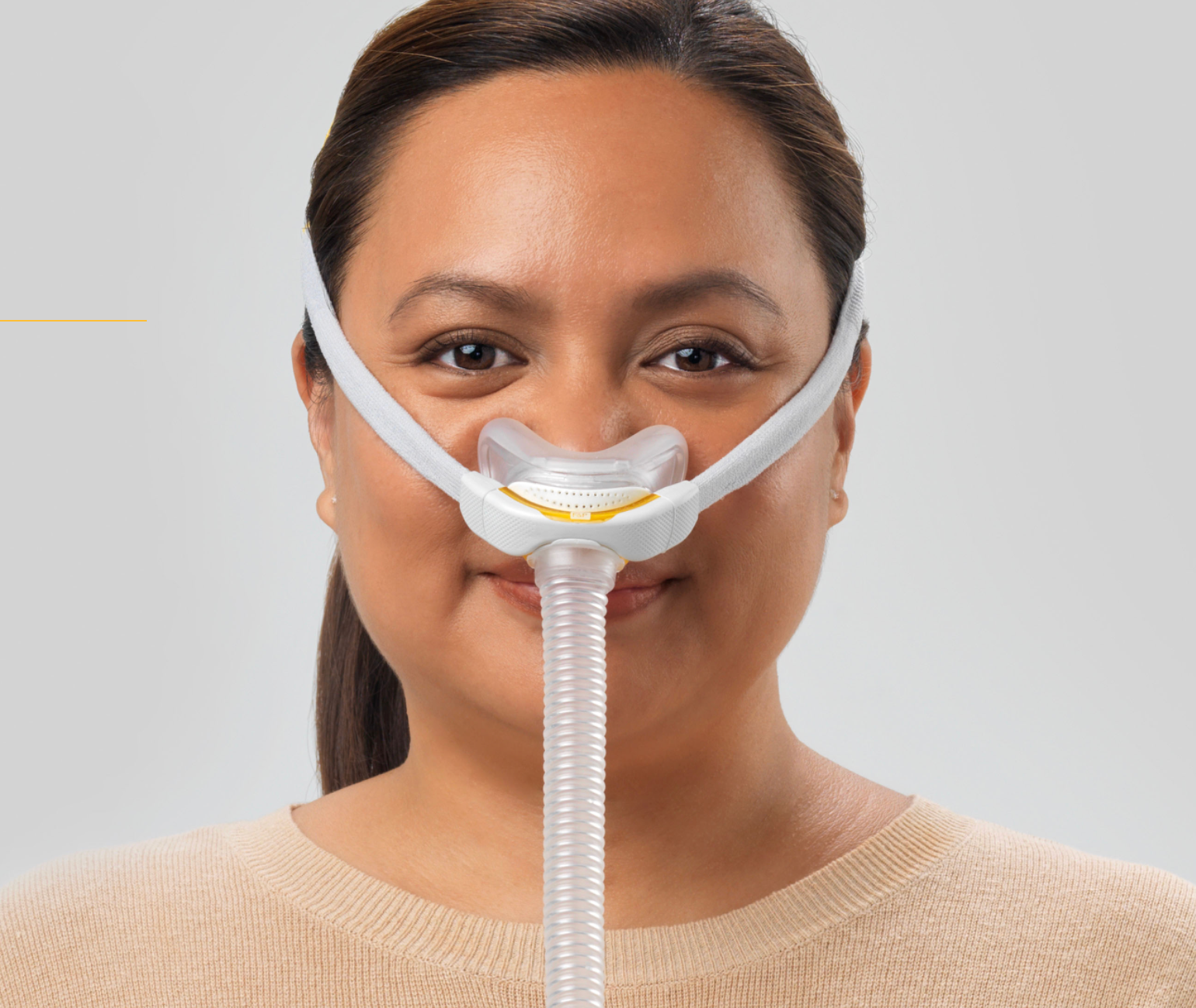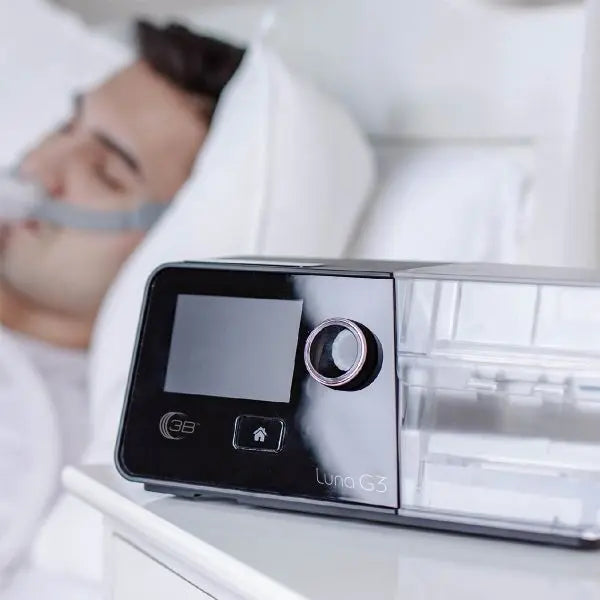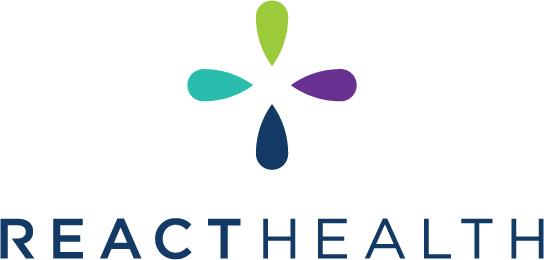Enhancing CPAP Therapy with GLP-1 Medications: Better Sleep, Weight Loss, and Improved Overall Health
Introduction
Continuous Positive Airway Pressure (CPAP) remains the gold standard treatment for obstructive sleep apnea (OSA). Yet, it doesn't address underlying factors like obesity. Recently, research highlights that GLP-1 medications, notably tirzepatide, offer a promising adjunct to CPAP therapy by reducing sleep apnea severity through weight loss and improving cardiovascular and metabolic health.
How GLP-1 Medications Work
GLP-1 receptor agonists mimic the body's natural hormone to control appetite, enhance satiety, slow digestion, and stabilize blood sugar levels. These medications facilitate significant weight loss, often 15–20% of body weight, which can profoundly impact sleep apnea severity by reducing excess fat around the airway.
Recent Research on GLP-1 and Sleep Apnea
A landmark clinical trial demonstrated that tirzepatide significantly reduces sleep apnea severity (apnea-hypopnea index) by 50–60% compared to placebo, primarily by facilitating substantial weight loss. This led to FDA approval of tirzepatide as the first medication for sleep apnea specifically in obese adults.
Benefits of Combining GLP-1 Medications and CPAP Therapy
While CPAP provides immediate relief from sleep apnea symptoms, GLP-1 medications target the underlying obesity, improving treatment adherence, patient motivation, and long-term outcomes. The combination promotes sustained weight loss, metabolic improvement, and potentially reduces CPAP dependency.
Cardiovascular and Metabolic Benefits
Patients using GLP-1 medications also see improvements in cardiovascular health, including reduced blood pressure, lower inflammation markers, and better cholesterol profiles. For individuals with diabetes or prediabetes, these medications significantly improve blood sugar control, further enhancing overall health.
Practical Considerations and Potential Risks
Ideal candidates for this combined therapy are overweight or obese patients with moderate-to-severe OSA. Common side effects, such as nausea or gastrointestinal discomfort, are manageable and typically temporary. Patients should monitor thyroid health and be mindful of rare but potential side effects like pancreatitis or gallbladder issues.
Integrating GLP-1 with CPAP Therapy
Healthcare providers typically recommend combining CPAP therapy with GLP-1 medications for best results, especially in obese patients struggling with weight loss. Regular monitoring, sleep studies, and adjustments by a healthcare team ensure maximum benefit and safety.
Conclusion
Combining CPAP therapy with GLP-1 medications presents a holistic strategy for treating sleep apnea, tackling root causes through weight reduction, and significantly enhancing cardiovascular and metabolic health. Patients should consult healthcare professionals to determine if this combined approach is right for their specific situation.
Bibliography
-
FDA News Release (2024). FDA approves tirzepatide for obesity-related obstructive sleep apnea treatment.
-
Malhotra, A., et al. (2024). Tirzepatide reduces apnea-hypopnea index and improves sleep quality in obese patients with obstructive sleep apnea. Journal of Sleep Medicine.
-
Scoping Review (2024). Effects of GLP-1 receptor agonists on obstructive sleep apnea outcomes. Sleep Medicine Reviews.
-
El-Solh, A.A., et al. (2024). Role of GLP-1 receptor agonists in obesity and sleep apnea management. Expert Opinion on Pharmacotherapy.
-
Lindus Health (2024). Mechanism and efficacy of GLP-1 receptor agonists.
-
FDA Prescribing Information (2024). Tirzepatide (Zepbound) indications, usage, and safety.
In summary, incorporating GLP-1 medications into the treatment strategy for obstructive sleep apnea presents a powerful method to enhance CPAP therapy outcomes, facilitate weight loss, and significantly improve cardiovascular and metabolic health.










Leave a comment
This site is protected by hCaptcha and the hCaptcha Privacy Policy and Terms of Service apply.